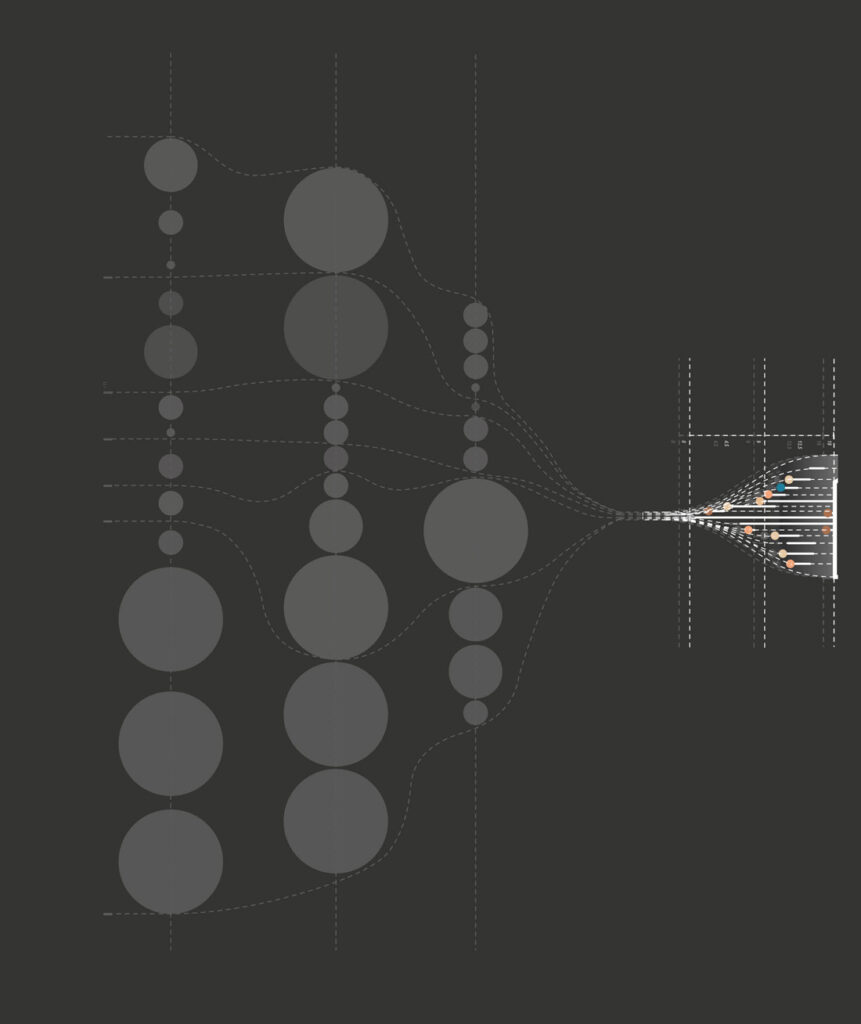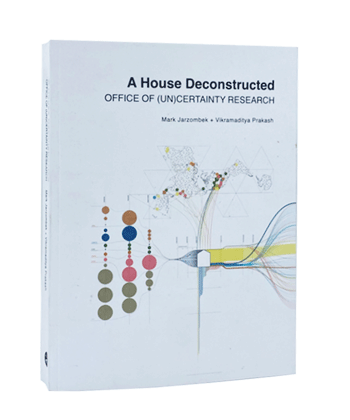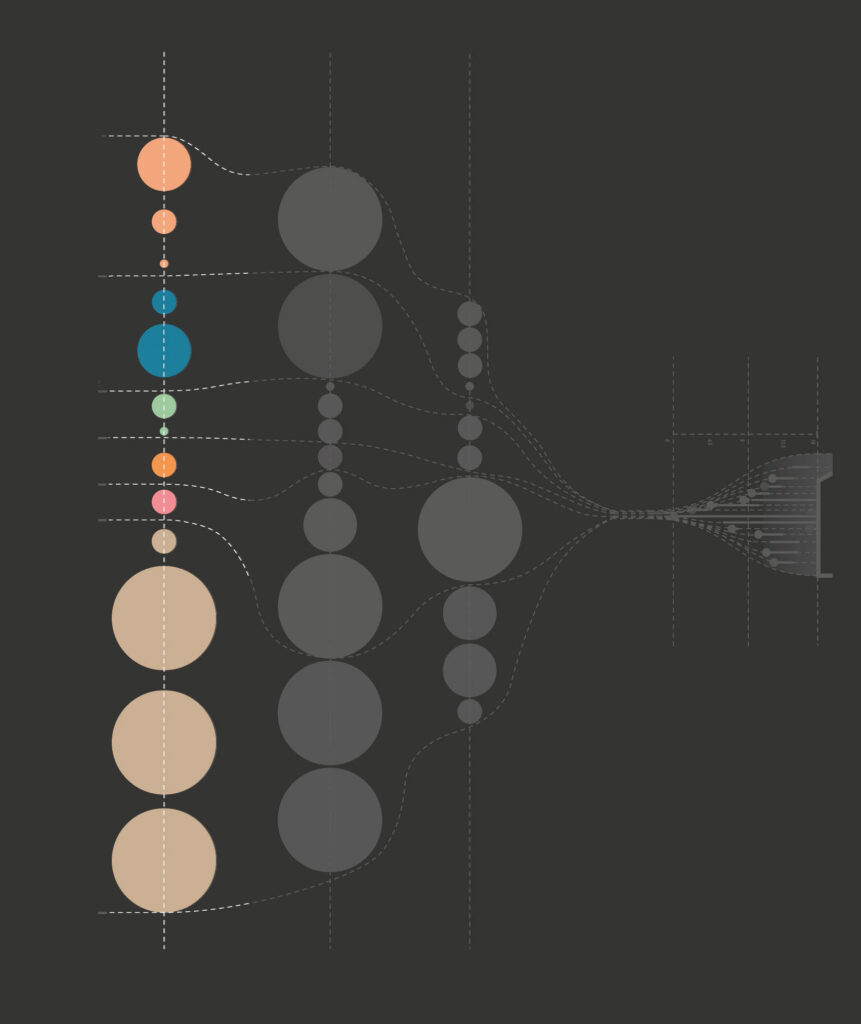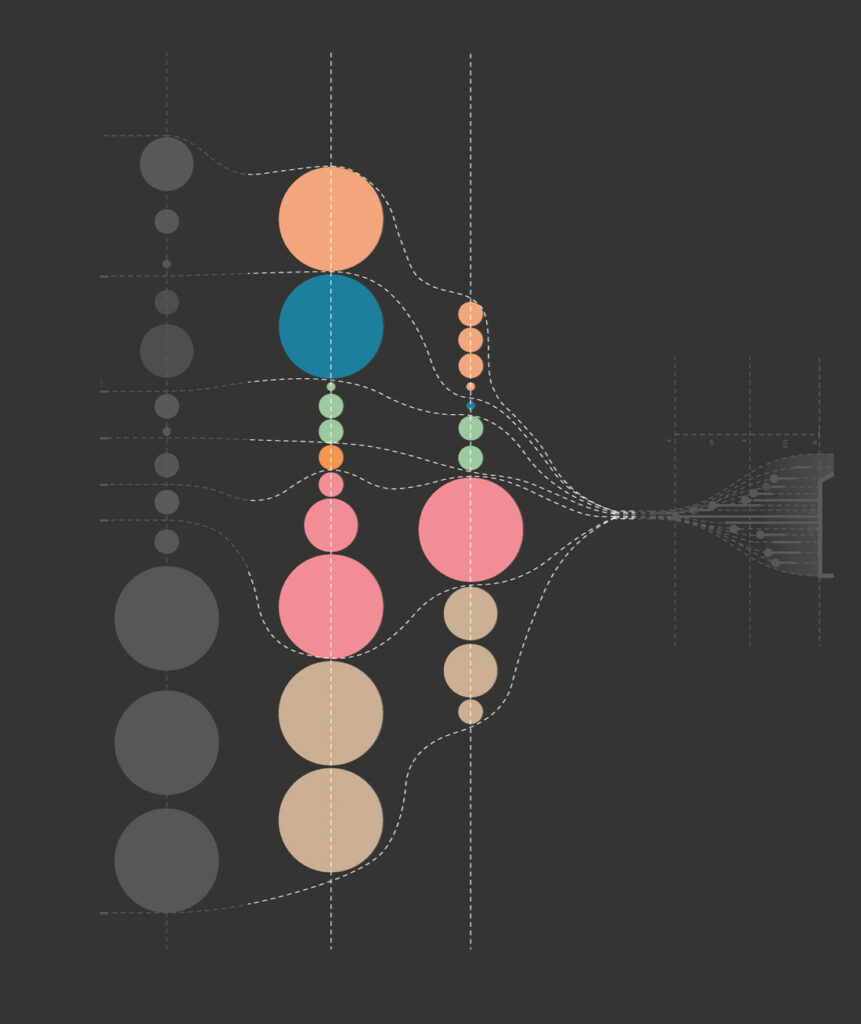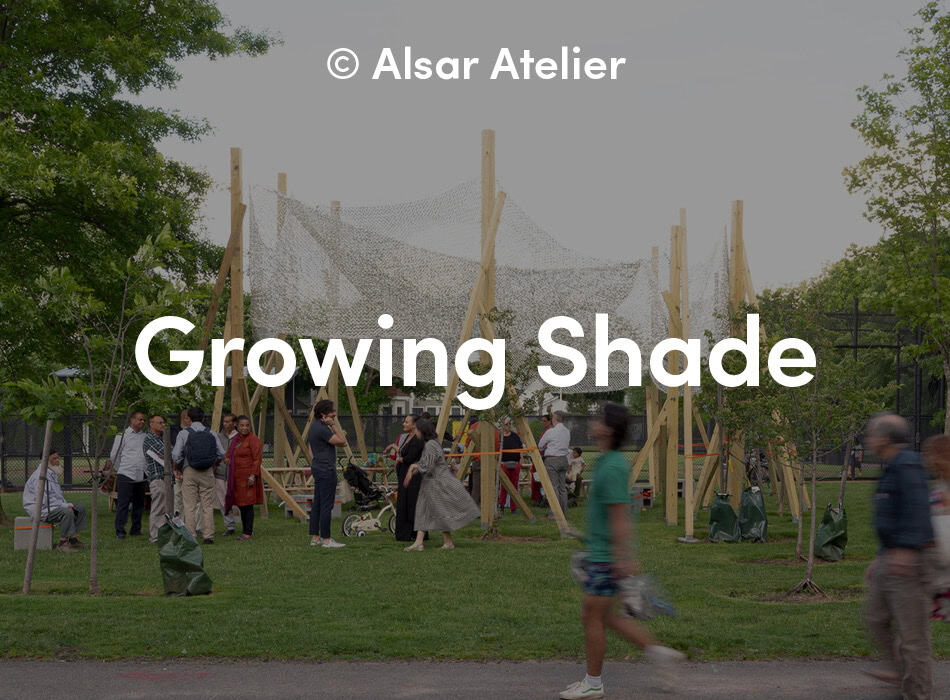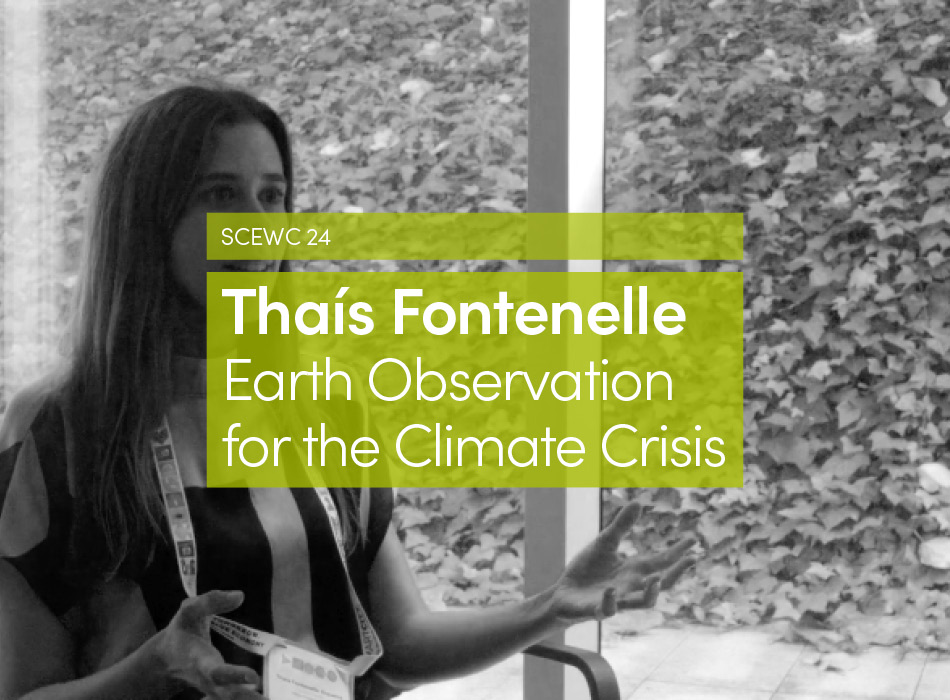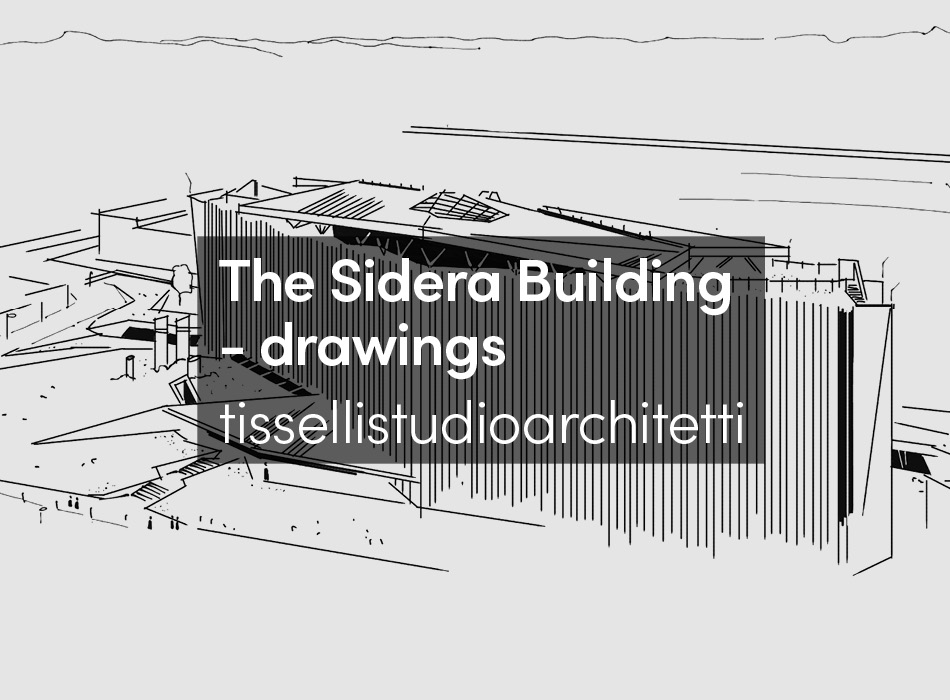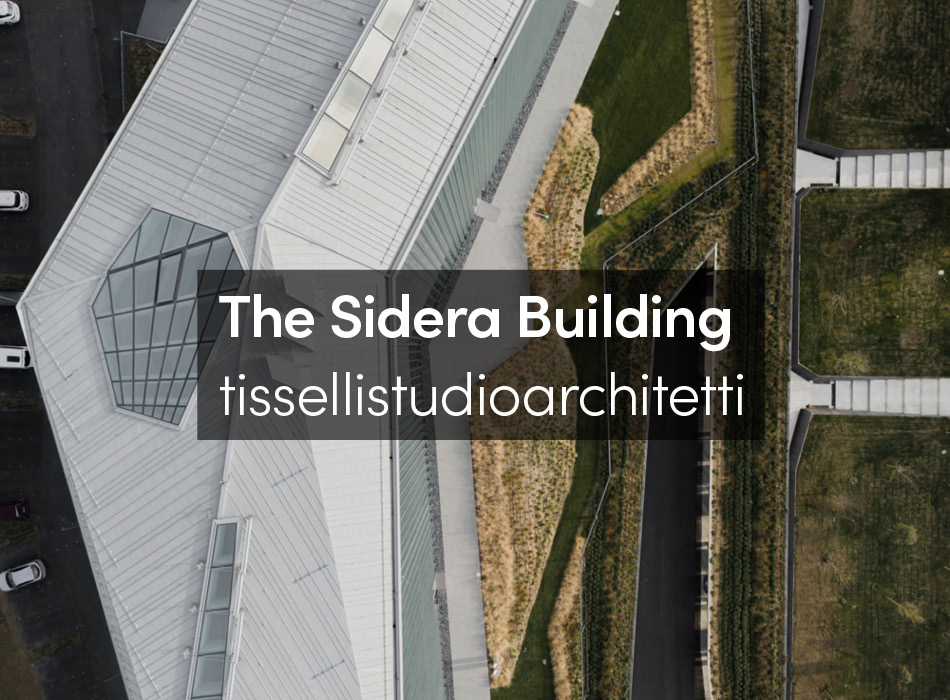Labor consciousness—multi-layered and global in reach.
Even a small building like the Seattle house compels a huge number of human and non-human bodies into action. The composition and embodied energy of the house is as much its material as it is its labor. Behind every material there are several processes. And behind every process, there are bodies.
Labor. Workers. Legal. Illegal. Human and non-human.
Here we show that the work undertaken to build a house consists of much more than just the architect and consultants sitting behind their desks at an office and the construction workers at the site. Labor begins long before the architect draws the first line—it begins with the extraction of the raw materials used to manufacture the products that will eventually create the house. Most of this occurs long before the building is even a project on the architect’s table; such as are the timelines of the supply chains. Specialist labor practices take over the transportation and manufacturing processes required to transform raw ingredients into the finished product. Eventually, the architect enters the timeline, funnelling the labor output of thousands into a design—in this case a single-family house. The labor of architectural design takes many months, and the product of this labor is less physical than that of the labor processes that come before and after the architect.
Non-human labors, such as the work of the micro-biomes that breakdown wood, are little understood in the building industry – they require a book of their own.
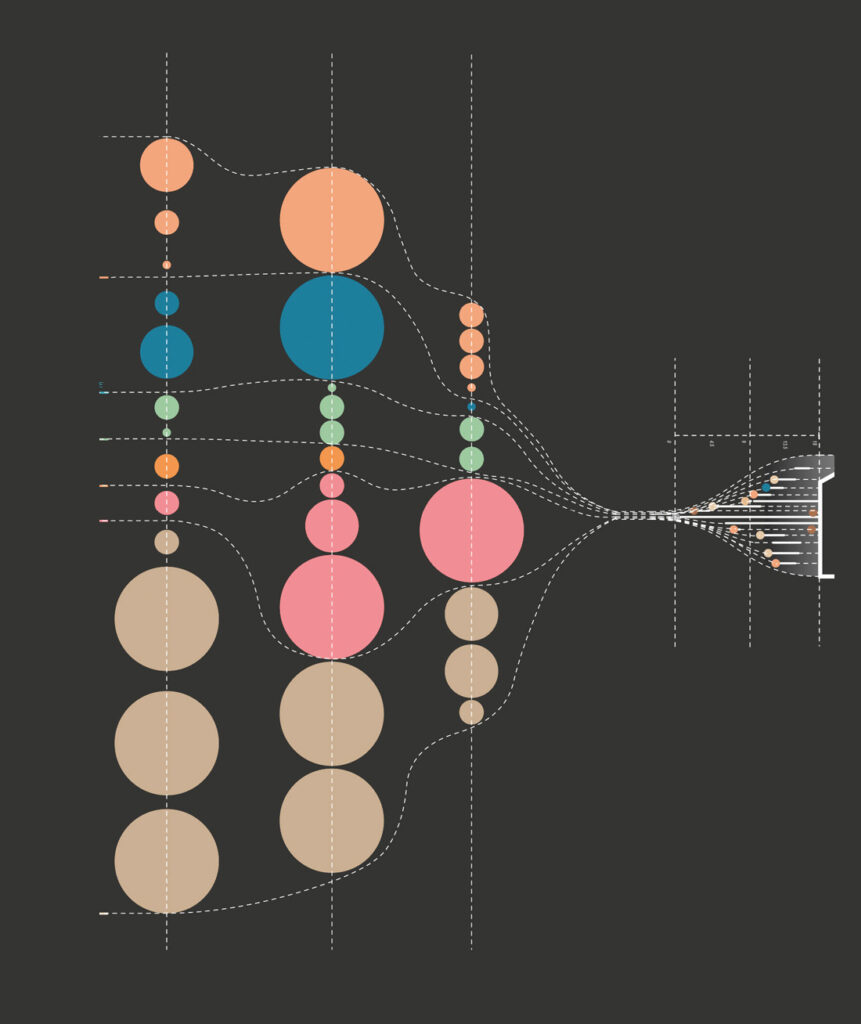
Jason W. Moore teaches world ecology at Binghamton University, where he is professor of sociology. He is the author or editor of Capitalism in the Web of Life: Ecology and the Accumulation of Capital (Verso, 2015) and A History of the World in Seven Cheap Things: A Guide to Capitalism, Nature, and the Future of the Planet (University of California Press, 2017) with Raj Patel.
“Capitalism makes nature and the web of life makes capitalism.”
“Capitalism works, not because it does terrible things to natures (it does), but because it has been successful at mobilising and appropriating manifold natures for free or low cost.”
“Cheap Nature has never been a bargain. Cheapness is violence; it grows from the barrel of a gun. It’s an utterly irrational system of rationality, one premised on mobilising the work of all natures—humans included— for free, or for as close to free as possible. That’s crucial because capitalism is everything that an efficient system is not. Capitalism’s prodigious waste of life and limb is fundamental to its logic.”
“How do the practical matters of domination facilitate the practical matters of exploitation, and vice versa?”
Sourcing / Extraction
Long before the house is even a project with a budget line for the client, the labors that will ultimately result in the making of the house are already at work, feeding the supply chains of the construction industry. It is almost impossible to draw a line that can connect a specific early stage labor used in extraction to a specific material used in the construction of the house.
This is well beyond the concept of the alienation of labor as theorized by the 19th century Marxist, even though the roots of the process are traceable back to the global colonial extraction processes of that time. Our contemporary global supply chains have created a new era of alienated labors, atomized beyond retrieval. Even so, almost all construction around the world, depends on it. Even a small chink in the supply chain can result in a global economic crisis, as we experienced during the Covid 19 shutdowns. This makes the everyday of our daily life vulnerable to an unknowable globally extractive world.
At a local level, this means that it is well neigh impossible to be sure that all that we build with, and consume, has never been processed via exploitative labor practices. Directly and indirectly, all human lives, via their labors, are interconnected, interdependent and, perhaps most importantly, inter-responsible to each other.
Although nearly impossible to understand or diagram, this kind of inter-responsible accounting, (which is also an accounting of our inter-irresponsibility), especially when indexed to climate change, is THE ethical imperative of our times.
Manufacturing
The manufacturing phase of the labor story is quite opaque. We know that after the raw materials have been extracted from the earth, they are transported to manufacturing plants to be processed into finished goods. The labor behind these processes is extremely varied and is scattered across skill and education levels. It takes on a variety of appearances, from laboratory research, to robotic operation, to heavy lifting. How many different kinds of labor does it take for a material to go from raw substance to final product? How many laborers are at each stage of the process? What are their stories?
Manufacturing labor covers such a broad range of work that these oftentimes grimy stories from the past remain – are kept? – obscured in a field as aesthetics and future use oriented as architecture. This is not just a question of “lean-construction” and ensuring that the manufacturers and fabricators are at the same table with the architects and construction managers. This is not about further optimization of the supply chains via digitization and minimization of waste and delays.
Rather it is about taking cognizance of the fact that simple, pure lines and blank facades of a modern architecture derived aesthetic sensibility and ethical claim are today completely out of sync with the profound complexities of the global manufacturing supply chains. If form were to follow supply chain, contemporary architecture could not be about the “machine-aesthetic,” i.e. about standardization, optimization, transparency, and such; it would have to be about mysterious origins, obscured labors and indecipherable sources. It would have be, in other words, about magic.
Design / Construction
We now enter the final (and perhaps most known) phase of the human labor story: design and construction. This is where the house’s “architects” arrives on the scene, with their retinue of contractors, subcontractors, fabricators and consultants. In thirteen months, the house went from design to completion. Here, you can see that the architects and contractor were the first people to enter the story. For the initial six months, these two entities worked hand in hand, trying to find the right fabricators and laborers for the job. Construction administration is usually, but not always, within the expected services of the architects.
Design represents the total work that was conducted prior to construction, and in the Seattle house case consumed 18% of the total number of hours worked. While architects are generally thought of as the most significant players, there are many other people involved that begin to have influence over the project long before construction has started. For example, surveyors analyze the site’s topography, and the geotech inspector assesses soil integrity. During this time, the architects were continuously working on drawings and details, obtaining permits from the city of Seattle, and working towards a finished design that could eventually be built to the clients’ satisfaction.
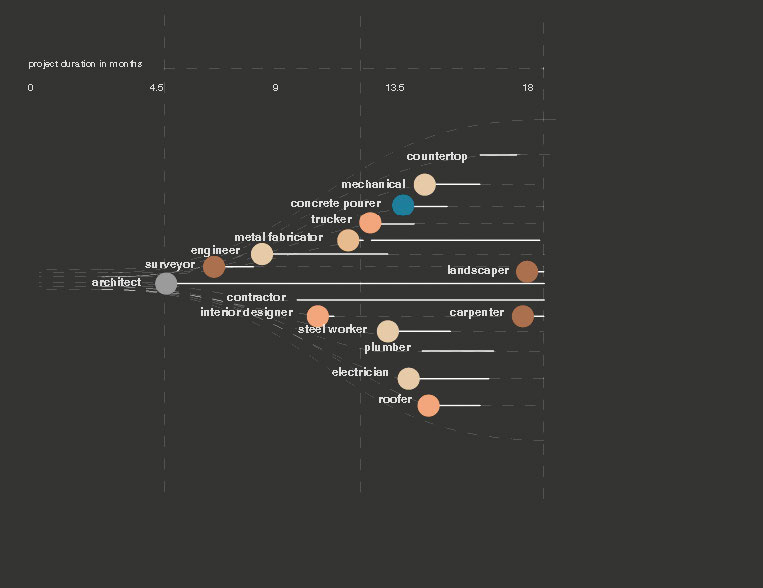
Contemporary design practices, particularly small ones like Allied8, usually aspire to source their products ethically and as locally and sustainably as possible. Allied8 identified ethical sourcing and labor practices as central to their mission. But, this is a complex juggling act that requires balancing availability of information with billable-hours spent with the aesthetic and fiscal expectations of the client. Most fall short, due to the exigencies of the process, satisfied to have at least “made a difference”.
Design work, in this sense, given the limitations of its scope as compared with the size of its ambitions, suffers from the same dilema faced by the practices of daily life as, for instance, promoted by the slogan “Think global, act local.” How is one actually to do that given the opacity of the global? Is it good enough to just compost one’s coffee beans and say: “Well, I did something”?
